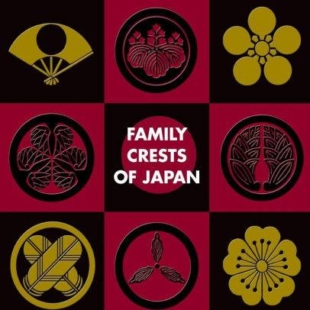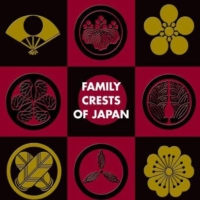“Family Crests of Japan,” is a comprehensive presentation on a subject that reveals much about Japanese values, but few people give much thought to. Both a guide and art catalog, the book helpfully groups kamon (family crests) into easily understandable categories.
Like the heraldic crests of medieval Europe, kamon placed on garments, palanquins and ox carts were first used to identify the families of court nobles and their retinues of servants and banner men. Over time, their usage percolated down to the warrior class and, finally, to commoners.
Looking at this body of work, it becomes clear that kamon are a celebration of the limitless patterns found in nature. Besides the predictable cherry blossom, plum blossom and wisteria motifs are designs depicting gentians, peony, wood sorrel and mulberry. Geisha, we discover, were fond of ivy — the choice of the parasitic vine is a tongue-in-cheek commentary on the way that they clung steadfastly to a good customer or patron.
In religion, the Japanese tend to hedge their bets by supporting both Shinto and Buddhist rites and rituals. In a similar manner, crests are often designed to double their supernatural or folkloric efficacy by combining felicitous symbols, such as a sheaf of rice worked into the shape of an auspicious crane.
The ingenuity and complexity of the designs included in this collection — quadrisected petals, arabesques, rhombuses — reveal how well Japanese designers have always worked with limited space. Like Russian icons or postcard-sized Persian art, kamon are for the miniaturist. Those with a taste for finite detail will be delighted with this publication.




















With your current subscription plan you can comment on stories. However, before writing your first comment, please create a display name in the Profile section of your subscriber account page.